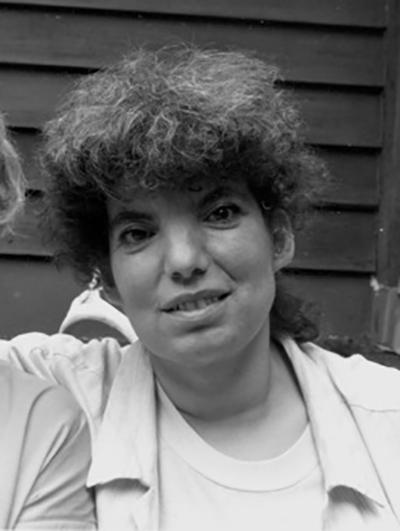Patia Rosenberg, 74, Linguist, Music Scholar

Patia Rosenberg, a writer, translator, and musicologist who grew up among the New York artists who settled on the South Fork in the 1950s, died on March 20 at Mount Sinai Beth Israel Hospital in New York City following a heart attack. She was 74.
Patia E. Myrel Rosenberg was born in New York City on Dec. 4, 1943, the only child of Mae-Natalie Tabak, a novelist, and Harold Rosenberg, a writer, educator, and respected art critic. She grew up in Greenwich Village and in her parents’ Neck Path house in Springs, briefly attending the Springs School. She graduated from the High School of Performing Arts in the city.
“When I was going out with boys as a teenager, Patia was teaching herself Japanese,” Denise Lassaw, a friend from childhood, said.
Ms. Rosenberg graduated from Oberlin College in 1962. In the following years she received a master’s degree with a thesis on Ainu music from the University of Michigan, a master’s degree in Middle Eastern studies from New York University, and a Ph.D. in ethnomusicology from Wesleyan University. “An Introduction to Japanese Folk Song” was the subject of her doctoral thesis, and she wrote a book, “Mountain Storm, Breeze: Folk Song in Japan,” in 1981.
Ms. Rosenberg taught ethnomusicology at the University of California at Santa Barbara. She studied Chinese and Persian as well as Japanese and translated and copy-edited in those languages. A scholar, she was working on a translation from Italian to English of Pirandello’s “Six Characters in Search of an Author” and Rostand’s “Cyrano de Bergerac” from French to English before her death.
Mohammad Mehdi Khorrami, a professor of Persian studies at N.Y.U., said, “I am not exaggerating when I say that she played an important role in the intellectual achievements that I, and a number of people she worked with, have had.” She used the names Patia Isaku, Patia Yasin, and Patia Rosenberg professionally at various times.
Among the people in her parents’ circle, Ms. Rosenberg was close to Elaine de Kooning, who encouraged her studies. In 1967 Ms. de Kooning painted a portrait of Ms. Rosenberg, who wrote, “Elaine painted a portrait of me when my life was full of chaos and barriers. Somehow she found the order and peace that were hiding in my innermost soul and put them on the canvas. Only she could have coaxed them out into the open. She was trustworthy that way.” The artist Saul Steinberg, a friend, made drawings for her that depicted family stories, said Ms. Lassaw, which he titled “Mae rescues the cat from a vertical labyrinth, in safe admiration from loft,” and “Patia and Harold the Giant Killer.”
Ms. Rosenberg was married briefly in the late 1960s to Mikao Isaku and lived for a time in Japan, where she continued studying Japanese classical instruments and performed folk songs in that language. She lived in California after her divorce and moved back to New York when her father became ill, eventually taking over her parents’ 10th Street apartment. Ms. Lassaw said the walls of her friend’s apartment were “filled with hundreds of books and dictionaries in various languages, poetry, plays, and histories.”
Ms. Rosenberg is survived by an uncle, Charles Tabak, and a cousin, Elissa Tabak Lombardo, both of New Jersey, and by her cat, Tulula. She is survived as well by a faithful friend, Jeremiah Shea of New York City; they had called each other at about 7:30 every night for the last 25 years, and he was with her when she died. Ms. Lassaw, whose parents were also part of the Springs art world, now lives in Bellingham, Wash. A private ceremony will take place in New York next month.
